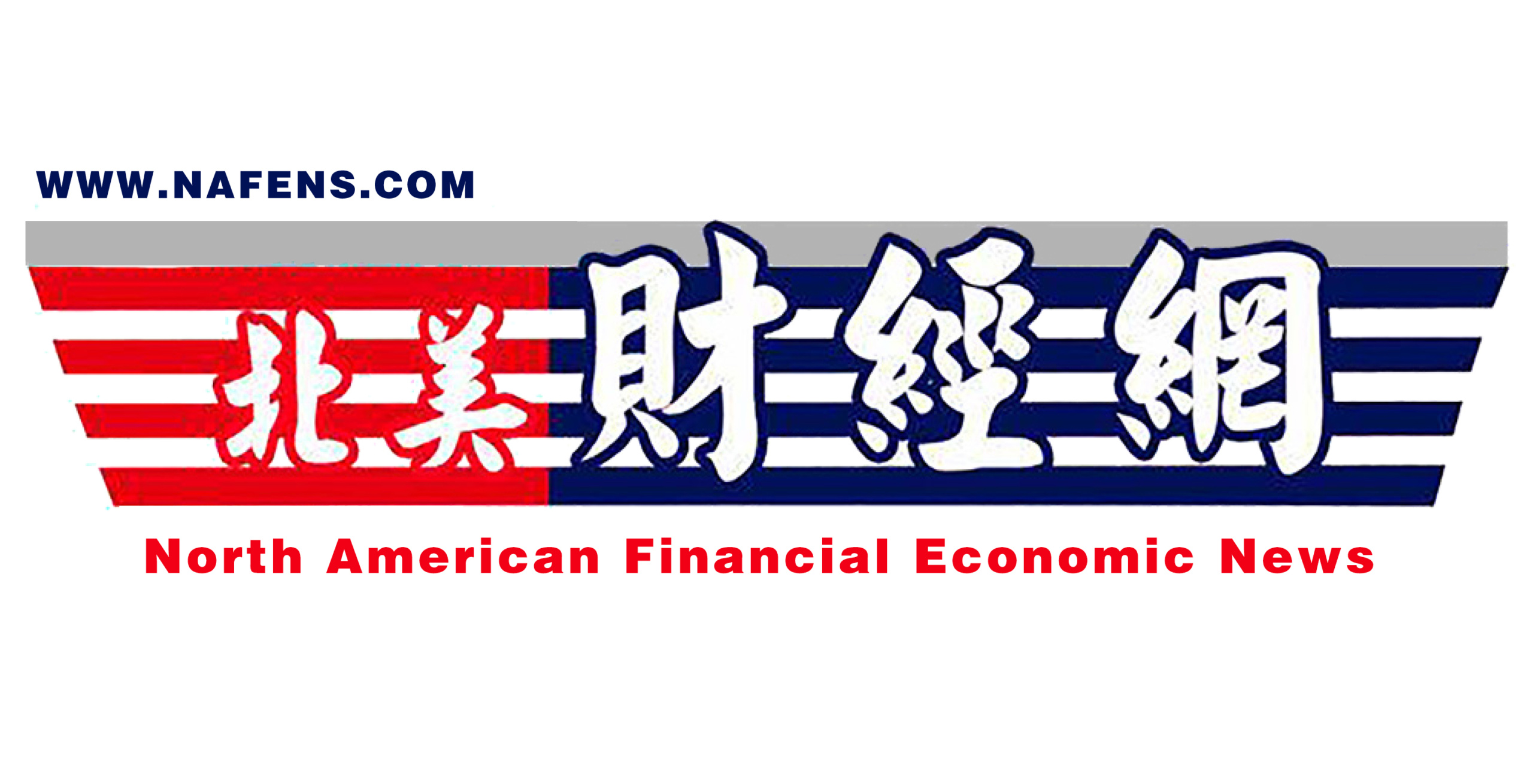Author: Esther Carenza
Interest Rate Futures
A derivative, an interest rate futures is a futures contract with an underlying instrument, physical commodities or other financial instruments. Investors may buy the right to buy or sell the underlying asset at a later time period for a predetermined price. The price of an interest rate future moves inversely to the interest rates. The interest rate futures is a derivative used for speculation and for hedging bond portfolios or interest rates. Speculators can use interest rate futures to bet on the direction of rate changes, hedgers can in addition use them to mute the effect of a not favourable move in bond prices and rates. A situation where we can see this is with a borrower that has a loan with a variable rate, but suffers repercussions if the interest rate rises. As a result, the borrower has the potential to sell (short) an interest rate future that will decrease if rates rise and gains from the short futures contract to assist to counteract the increased cost of the loan.

Interest Rate Swaps
A forward contract where one stream of future interest payments is exchanged for another established on a particular principle amount. Generally, these swaps involve the exchange of a fixed interest rate for a floating rate or the opposite, to decrease or increase exposure to fluctuations in interest rates or to get a marginally lower interest rate than what would have been possible without the swap. With several types, the most common and simplest swap is a plain vanilla interest rate swap – Party A agrees to pay Party B a predetermined, fixed rate of interest on a notional principal amount on designated dates for a particular period of time. .
Interest Rate Swap Valuation
Interest rates have fluctuated over many years with highs in the early 1990s to the current all time lows. For a business that has incurred a loan relating to the base interest rate, an interest rate of a central bank (Bank of England, Federal Reserve) will charge to lend money to commercial banks, they carry the risk of a rate increase in the future.
A swap is a derivative instrument, allowing one to exchange a variable rate for a fixed one. With the agreement to enter into a swap, it means that no matter where the base interest rate moves throughout the life of the swap, one will always pay the same fixed interest rate. It is important to understand that the fixed rates offered by a bank move independently of the base rate. As market sentiment changes, the level one can fix their interest rate also changes. If one waits for the lowest base interest rate, it will not guarantee the lowest fixed rate. Quotes of rates will change daily. Yet, when one accepts the fixed rate, it will not change for the length of the agreement. One’s company borrows money from a lender and under the terms of the loan, one agrees to pay the lender the variable base rate margin. If the base interest rate changes, one’s total borrowing interest rate immediately reflects this change.

The company’s risk is the total payments increase over the time period of one’s loan. In order to mitigate this risk, one can enter into a base rate swap agreement. In this scenario, one pays the bank a fixed rate based on the current market conditions and in exchange, the bank pays the variable base interest rate for the term of the swap. In the event, the base interest rate increases, one continues to pay base plus lending margins to one’s lender. But, under the swap agreement, the bank matches this increase. As the cashflow out increases to one’s lender, one will see an increase cashflow in from the banking institution. Technically, these cashflows cancel out, leaving the fixed rate as one’s total after certain deductions. In one’s account with the bank, there will not be many cashflows. The banking institution calculates the difference between the variable base interest rate it pays one and the fixed rate one pays.
The possible outcomes are as follows. Over a charging period, if the average base interest rate is below the agreed fixed rate, the banking institution will debit one the difference. On the other hand, if the average base interest rate for a charging period is higher as compared to the fixed rate then the banking institution will credit one the difference.
As with any base interest rate swap, there are advantages and disadvantages. The base interest rate protects one against rising interest rates and allows one to forecast one’s payments and premium is charged when entering into a swap. One is advised by the bank to pay the fixed rate despite the base interest rate being consistently lower than the swap rate. The base interest rate swap is an independent product, which protects a notional sum. One may have multiple loans and other borrowings that are all protected within a swap transaction. However, when one repays his/her loans early or terminates his/her swap agreement because of circumstances, there may be a breakage cost, a cost determined by prevailing market conditions.
Swap Option
Swap option, also known as a swapoption, refers to an option to enter into an interest rate swap or another kind of swap – basic, currency, inflation, credit default, commodity, equity swaps, just to name a few.
Currency Swap Option
A currency swap option, also known as a cross currency swap option, is a transaction, which refers to an option where two parties exchange principal and interest in different currencies and once the agreement ends, they will swap once more using the same exchange rate, closing out the deal.
Simplistic Currency Swap – Example
Party A pays Party B USD 1 million as a 3 year loan
Party B pays Party A Rs 90 million as a 3 year loan
Party A makes interest payments at 12% on Rs loan
Party B makes interest payments at 5% on US loan
After 3 years both parties return the notional amounts.
Assume a fixed rate of currencies.
Interest payment is paid at the end of each year and there is no netting.
Since Party A lent $1 million U.S. dollars to Party B, Party B returns the $1 million U.S. dollars. Where Party B lent Rs 90 million to Party A, Party A returns the Rs 90 million to Party B.
Currency swaps assist in mitigating the risk of undesirable interest rate fluctuations. Party B is a Pakistani Company and Party A is a U.S. Company. The Pakistani Company’s cost to borrow Rupees is low because the domestic company has a competitive advantage in taking out loans from its home country. It wants to expand in the U.S. and as a result needs US dollars. Similarly, U.S. Company’s cost of borrowing US dollars is low and it needs Rupees. U.S. would also like to invest in Pakistan. Both entities can contact a swap facilitator who bring these two entities together. Since the Pakistani Company can borrow Rupees at a relatively low interest rate, it lends Rs 90 million to the U.S. Company, which is doing its operation in Pakistan and can make interest payments based on Rupees. For the U.S. Company, since it can borrow US dollars at a low cost, the U.S. Company can lend its US dollars to the Pakistani Company. The Pakistani Company then makes interest payments against the US dollar. Getting into the swap contract both the U.S. Company and Pakistani Company have managed to reduce their cost of borrowing. Its cost of capital is lower.

4 Types of Currency Swaps in this Example
1. Simple Currency Swap – Company A pays a fix rate on the Pakistani Rupee (PKR) received; Company B pays fixed rate on USD interest.
2. Company A floating rate on KIBOR, Kirachi Interbank Offered Rate, on PKR received; Company B pays fixed rate of 5% on USD received.
3. Company A pays fixed rate of 13% on PKR received; Company B pays floating rate, LIBOR, on USD received.
4. Company A pays floating rate based on LIBOR on PKR received; Company B pays floating rate based on LIBOR USD received.
In this example, there are three types of equity swaps. The subcategories are as follows:
Company A pays return on index – S&P 500 Index Company B pays fixed rate
Company A pays return on index – S&P 500 Index Company B pays floating rate
Company A pays return on index – S&P 500 Index Company B pays return on another index – Dow Jones Industrial Average
If one is looking at each year, he/she will calculate the amount equity changed.
If Company B pays a fixed rate of 5 percent and the S&P 500 index went up by 10 percent then the equity index payer will pay 10 percent with the net effect that the equity index payer will pay 5 percent over period/year 1.
If Company B pays a fixed rate of 5 percent and the S&P 500 index went up by 15 percent then the overall equity index payer is responsible for paying 15 percent over period/year 2.
In the 3rd year, if the Dow Jones Industrial Average index goes down by -20 percent, it means the equity index payer will receive – 20 percent. Effectively, what takes place is that Company B, which is the fixed rate payer does not pay 5 percent, but actually has to pay Company B 25 percent.
In this case, the amount is calculated at the end of every period as opposed to plain interest rate swaps where we know the payment on settlement date right when the period commences. At this point, one can calculate who pays whom and how much based on how the index did over the year. The payment of 5 percent of the notional principal amount can only be calculated at the end of period 1. Secondly, the payment of the fixed rate payer can be variable. From the -20 percent S&P 500 index at year end 3 where the S&P 500 decreased, the payment for the fixed rate for B is 25 percent. When the index decreases, the fixed rate payer has to make an extra payment. Therefore, in an equity contract, the fixed rate payer might also have to make a variable payment.
A currency swap can be used for risk management or speculation. If one has a company say, BC, a German subsidiary of an American firm located in German. BC generates incoming Euros and is required to send a portion of this income to the parent company on regular intervals, say for example, at the end of every year. Either the parent or subsidiary company would need to enter into multiple forward contracts to manage currency risk. Instead BC makes the decision to enter into a swap agreement with company XY, which wants to do the opposite, swap out denominated US dollar cashflows to Euro ones. BC will then be able to send the dollar cashflow it receives from XY to its parent company. Also, XY located in the United States will be able to send the Euro cashflows it receives from BC to its parent company in Germany.
—( 2 )



